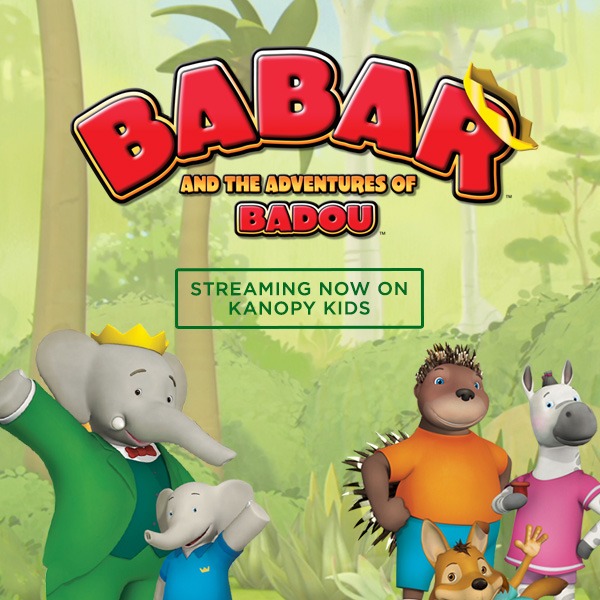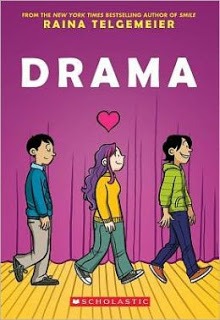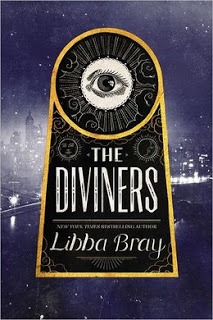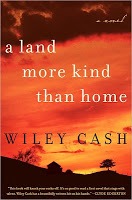Eight down… and seventeen more to go. That’s not a very encouraging statistic considering I began this challenge back in February and I now have only until 11:59 p.m. (because every minute counts!) on Saturday, June 22nd to live up to my reading pledge. But as this is Summer Reading season and I HATE to fail at anything, I still think I can do it. Maybe. Possibly. Okay, my chances aren’t great, but I refuse to give up!
Anyway, here are the three books that I have read for the challenge and haven’t yet reviewed. (Thumbs up on all three, by the way. Although one definitely stands out for me far and above the others.)
The Raven Boys by Maggie Stiefvater
Genre: Fantasy/Mystery/Paranormal Romance
Rating: 3.5/5 Stars
I soooo wanted to love this book. And I did like it—a lot. But for me it did not quite have the same magic and ingenuity that made The Scorpio Races so enthralling. I think part of the problem is that I missed the first-person narration that allowed me to empathize so strongly with previous Stiefvater characters. (Although switching to third-person narration does fix the tendency I’ve noticed wherein Steifvater’s dual narrators often read as too alike and not fully distinct from one another.) But ultimately The Raven Boys lacked the lyrical qualities that drew me to Shiver and (most particularly) The Scorpio Races.
That is not to say that the book isn’t well written. It is, very much so. And the premise is intriguing. Blue is an interesting, likeable character who comes from a family of clairvoyants but remains a bit of an outsider. After all, she is not clairvoyant herself, though her presence somehow acts as an amplifier for others’ gifts. Meanwhile, there are the “Raven Boys” of Aglionby Academy. Gansey is the de facto leader of a group of misfits at the prestigious boys’ school. He feels responsible for guarding his troubled friends’ well-being and is obsessed with unraveling a mystical mystery that becomes key to the book (and presumably the rest of the series). Like most of the locals, Blue wants nothing to do with the stuck-up Raven Boys, but then she meets Gansey, whose fate seems tied to Blue and a deadly curse. All the elements—mystery, heartbreak, friendship, betrayal, moral dilemmas—are there, but they only began to come together for me near the book’s end. It was well past the mid-way point that the characters and their relationships began to fully engage my interest, but once this happened I was hooked. Luckily, this is only the first book in the Raven Cycle quartet. I think now that the characters have been introduced and the tone set, The Dream Thieves (due out in September) has the potential to far surpass its predecessor.
Drama by Raina Telgemeier
Genre: Graphic Novel/Realistic Fiction
Rating: 3.5/5 Stars
This graphic novel from the author of Smile is a quick and amusing read. I loved Callie and really enjoyed all of her
interactions with her drama club pals, particularly her friendship with Liz. However, I do feel like the book reinforces stereotypes by [POTENTIAL SPOILER: Highlight to read!] having all three of
the male performer characters turn out to be gay (or potentially gay)
and making the only female performer into a self-absorbed, melodramatic
diva. But then this title was selected as one of the Great Graphic Novels Top Ten 2013 and as a 2013 Stonewall Honor Book, so maybe it’s just me. I have yet to see any other reviews that raise the same concerns. But regardless of my quibbles, I thoroughly enjoyed this story about a perpetually lovestruck 7th grader who adores the theater and her role on the crew of the school play. This title should find particular favor with middle-school Glee fans.
The Diviners by Libba Bray
Genre: Horror/Historical/Speculative Fiction
Rating: 4.5/5 Stars
As The Diviners was a 2013 Amazing Audiobooks for Young Adults Top Ten selection, I chose to listen to this book in audio format. It was a much better experience than my last encounter with a Libba Bray audio book. At first, the 1920s slang and historical background seemed a bit gimmicky and overdone, but I was quickly drawn into the creepy, atmospheric world Bray creates. The Diviners is shamelessly excessive—the slang, the numerous characters, the mysteries—but this perfectly reflects the sumptuous excess of the era and lends the book an epic quality that promises good things to come. Featuring disparate teen protagonists with nothing in common other that a secret special ability, a ghostly serial killer, and the vivid setting of Prohibition-era New York, this is one of the most memorable series openers I’ve read in ages. Even better, while reaching a satisfactory resolution to the main plot of this book, there are overarching mysteries that have me eagerly awaiting the second book of the planned quartet.













